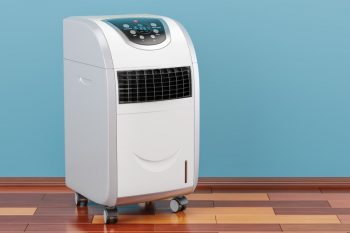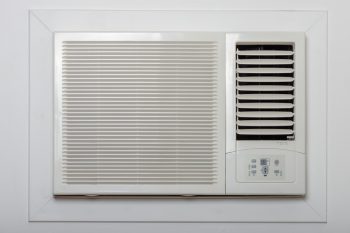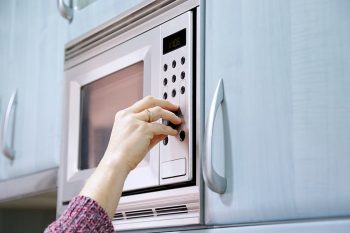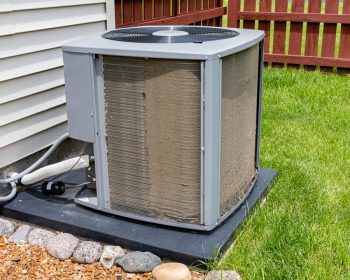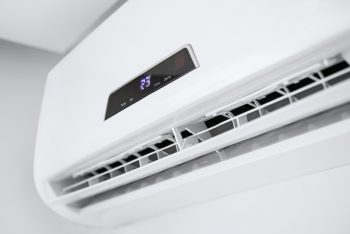
Overflowing washing machine drains can be a common household issue. It can cause significant damage to your home, including water damage, mold growth, and even structural damage. In this comprehensive guide, we will explore the reasons behind your washing machine drain overflowing, how to identify the problem, ways to fix it, and preventive measures to avoid future overflows.
Your washing machine drain may be overflowing due to a clogged drainpipe, overloading the machine, a malfunctioning pressure switch, a faulty water inlet valve, or an improper drain pipe size. Identifying the issue involves checking for clogs, inspecting the standpipe, examining the drain hose, and assessing the washing machine. Professional help should be sought if the problem persists or if the issue stems from the washing machine itself.
Common Causes of Washing Machine Drain Overflow
Several factors can contribute to your washing machine drain overflowing. Here are the most common causes:
- Clogged Drainpipe: This is the most common cause of drain overflow. Lint, debris, and other materials can accumulate in the drainpipe, causing a blockage and preventing the water from draining properly.
- Overloading: Overfilling the washer with too much laundry or using too much detergent can cause the drain pipe to be overwhelmed by the volume of water, leading to overflow.
- Malfunctioning Pressure Switch: The pressure switch is responsible for stopping the water flow once the desired water level is reached. If it isn’t working correctly, the washing machine can overflow.
- Faulty Water Inlet Valve: If the water inlet valve is not functioning properly, it can cause the washing machine to overflow.
- Improper Drain Pipe Size: If the drainpipe is too narrow or not designed to handle the water flow rate from the washing machine, it can cause overflow.
Identifying the Cause of Overflow
Identifying the cause of a washing machine drain overflow requires a systematic approach. Here’s what you can do:
- Check for Clogs: Inspect the drainpipe for any visible blockages. If the clog is not visible, you may need to use a plumbing snake or call a plumber to clear the blockage.
- Inspect the Standpipe: If the standpipe is too narrow, it may not be able to handle the volume of water discharged by the washing machine.
- Examine the Drain Hose: Make sure the drain hose is not kinked or obstructed and is inserted into the standpipe at the correct depth.
- Check for Overloading: Follow the manufacturer’s recommendations for load size and detergent usage.
- Assess the Washing Machine: If the issue seems to be with the washing machine itself, consult a service technician.
Preventing Future Overflows
Prevention is always better than cure. Here are some preventive measures you can take to avoid washing machine drain overflows:
- Install a Lint Trap: This will trap lint and debris, preventing them from clogging the drain pipe.
- Regularly Clean the Drain Pipe: Use hot water and baking soda to clear minor clogs.
- Use Enzyme Treatments: These beneficial bacteria break down soap residue and prevent buildup inside the drain pipe.
- Inspect Your Plumbing Annually: Regular inspections can identify potential issues before they become major problems.
- Avoid Washing Large Items: Large items can create a lot of lint, which can contribute to clogs.
When to Call a Professional
If the problem persists despite trying DIY solutions, it’s time to call a professional. A professional should also be called if the drain line needs to be upsized, the main drain line is clogged, or if the issue stems from the washing machine itself.
An overflowing washing machine drain can be a major inconvenience, but with careful attention and regular maintenance, it can be avoided. Always remember, prevention is better than cure.
Frequently Asked Questions
What is a lint trap and where can I purchase one?
A lint trap is a device that catches and holds lint, hair, and other debris that may clog your washing machine drain. You can easily purchase lint traps from local hardware stores or online marketplaces like Amazon.
How do I know if my washing machine’s pressure switch is malfunctioning?
If your washing machine is continuously filling with water or not filling at all, these could be signs that your pressure switch is malfunctioning. It is best to consult with a service technician for a definitive diagnosis.
How often should I clean my washing machine drain pipe?
It’s generally recommended to clean your washing machine drain pipe every three to six months. However, this can vary depending on the frequency of your washing machine usage and the quality of your water.
What is an enzyme treatment and how does it work?
Enzyme treatments are products that contain beneficial bacteria that can break down soap residue and other materials that may cause clogs. They are generally safe for all types of pipes and are easy to use. Simply pour the enzyme treatment down the drain, leave it for a specified amount of time, and then rinse with hot water.
How deep should the drain hose be inserted into the standpipe?
The drain hose should be inserted into the standpipe to a depth of between 4 to 6 inches. However, it should not be airtight. This allows air to circulate and prevents siphoning of water back into the washing machine.

